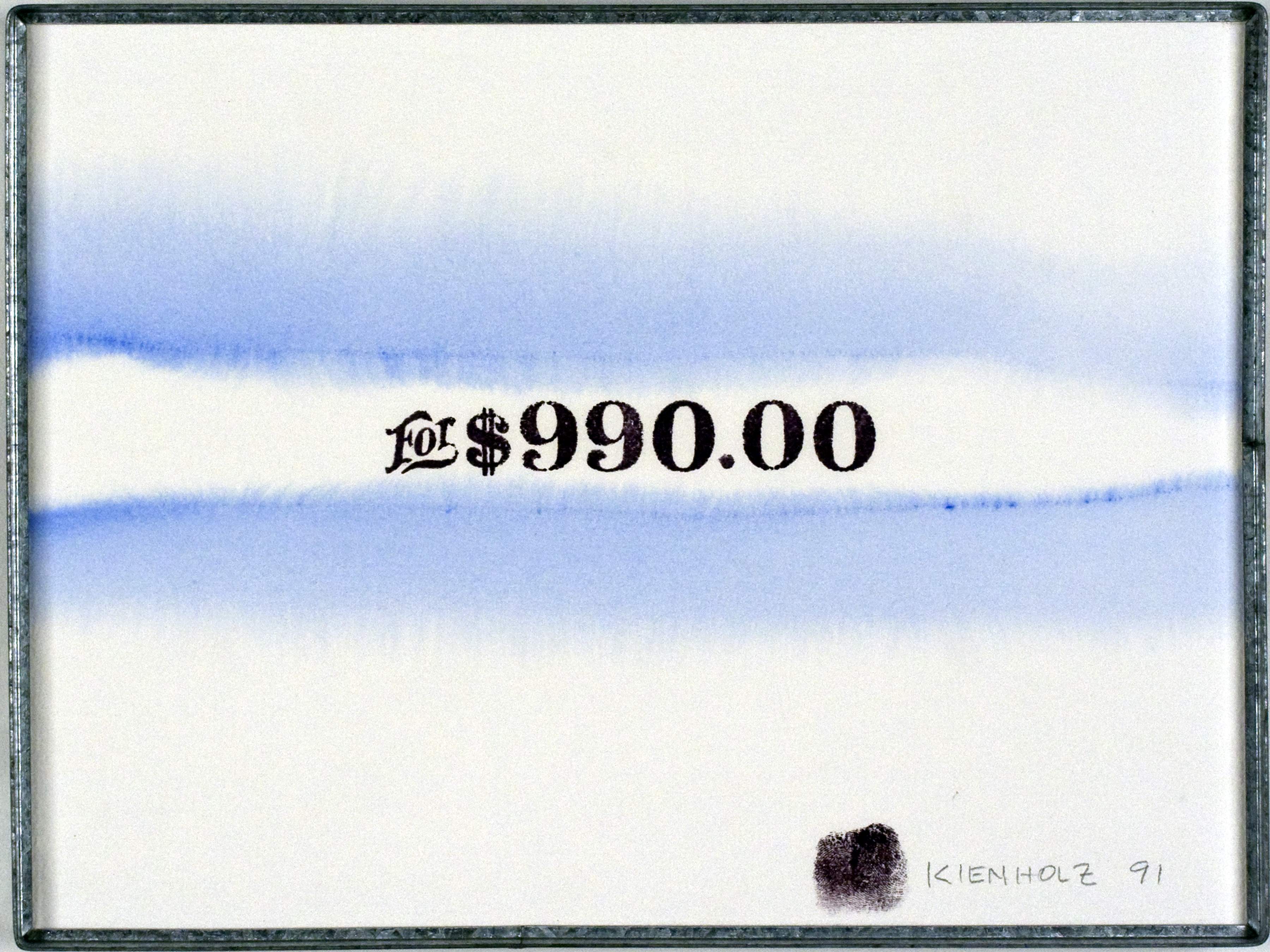
Letters From Los Angeles: Text in Southern California Art | The artists featured in this exhibition have used text in extraordinarily diverse ways with a range of approaches as individual as the artists themselves.
L.A.'s association with typography in the visual arts is perhaps unique. Text has historically been ubiquitous on the city's streets with political and gang graffiti, and Los Angeles' ever-present billboards that surfaced as far back as the onset of Southern California's car culture and highway system.
While other cities are represented by monumental structures such as New York's Empire State building, the Acropolis in Athens, Big Ben in London and the Eiffel Tower in Paris, L.A.'s most prominent symbols are text -- most iconic is the Hollywood Sign, along with the great movie studio logos of MGM, 20th Century Fox, Warner Brothers, etc, which have been familiar to billions of people in each generation around the world for nearly a century. So it is perhaps understandable that Los Angeles has a pronounced affinity for the usage of text in the visual arts, which distinguishes it from its historic precedents.
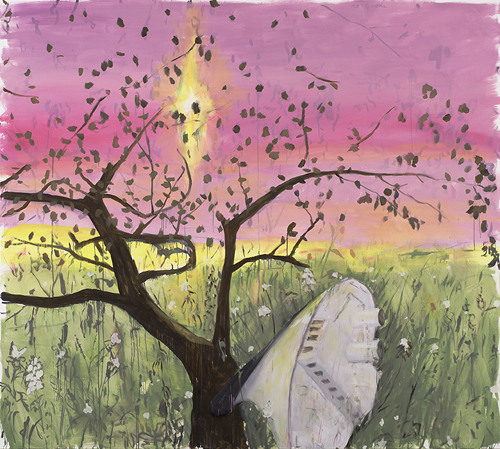
Enrique Martínez Celaya: The Hunt's Will | Celaya's recent paintings and sculpture have rich narrative content that ranges from the grand to the seemingly insignificant. Each work conveys its own reality. They also interact with the other paintings and sculptures in the exhibition, offering a kaleidoscope of images as if drawn from an epic tale. Some images in the paintings belong to the imagination of a child: including ships, tigers, unicorns, dogs and birds. Other images, often in the same work, are associated with an experienced world vision: sea, ice, landscape, bullfighters, death. The friction that emerges amid these references incites surprise and nostalgia.
The title of the exhibition: The Hunt's Will, refers to the overarching theme that imbues the work: The tension between will and choice, and how identity and longing binds this aspirational or traumatic discord. Each painting and sculpture conjures an ephemeral reality that draws on the ambiguous and mysterious forces at play as we move through life, while overlaid with accumulated memories. In the words of writer and curator Rosanna Albertini, "Enrique Martínez Celaya's visions emerge from the unwritten layers of his pre, or unconscious mind, filled with stories that are neither matters of memory, nor matters of fact."
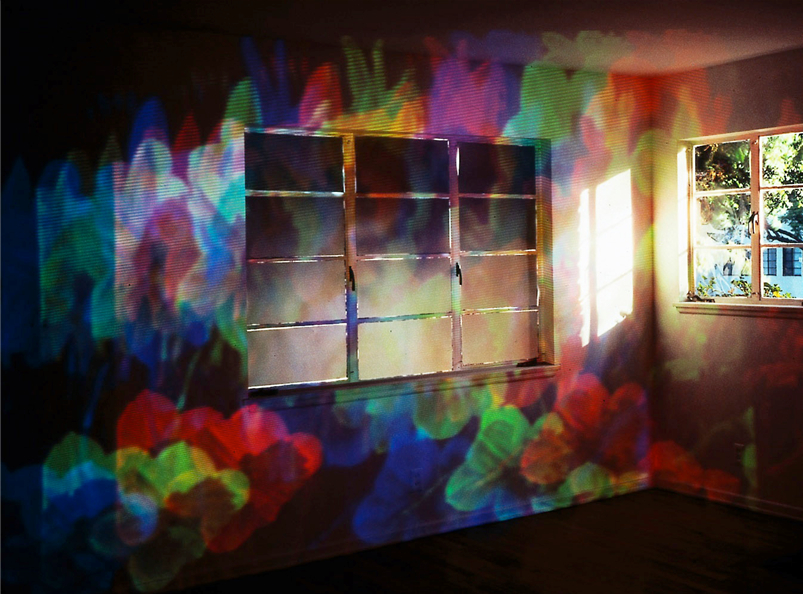
Diana Thater: Oo Fifi, Five Days in Claude Monet's Garden, Part I and Part II | In 1992, Diana Thater premiered Oo Fifi Part I as part of the critically acclaimed exhibition Into the Lapse at 1301. This was Thater's first exhibition since her return from France where she was a Lila Acheson-Wallace Reader's Digest Foundation artist-in-residence at the Claude Monet Foundation, Giverny, the home of Claude Monet.
The work was revolutionary; it broke with the traditions of the previous generations of video artists. Thaterʼs subject matter was simple and the use of structural methods helped to articulate the medium of video projection. Thater created a jewel box with footage of Monetʼs garden broken into the primary video colors. The image was not broken apart in post-production but inside the Barco projector. Also critical to the work was Thater addressing the existing architecture of the gallery. She allowed the outside to be present and turned the window into a front and rear screen. The viewer was present, often being projected upon.
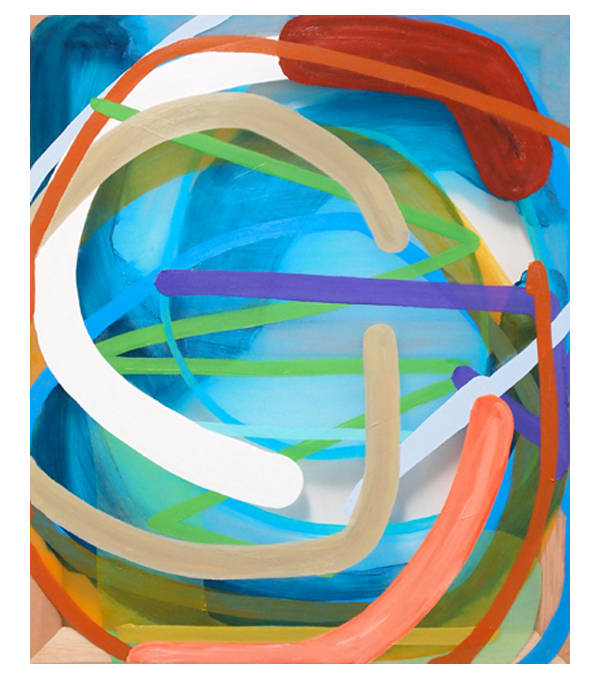
Masaru Kurose | Kurose, who was trained as an architect, continues his exploration of oil paint on clear vinyl, an industrial support that belies the tradition and antecedent of his stretched "canvases." Vinyl allows the internal structure of Kurose's painting to show through, much in the way that a glass and steel building incorporates the supporting girder into its external sheathing. Kurose anticipates the collision of his drawn stroke with the exposed bracing of his painting's wooden chassis, and the drop effect of the paint's shadow cast unpredictably in different lights against the wall. He thus sets up a double plane, the skin of paint floating on its transparent ground against the solid wall, shadow and reflection each a measured step behind the other. Kurose's gesture is also a mixture of measure and hunch, his highly keyed hues carried by meandering strokes that are in turn considered and discovered.
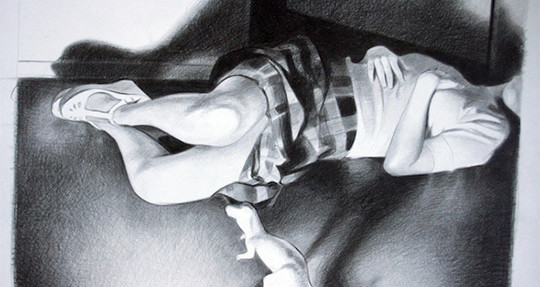
Mercedes Helnwein: Make It Dark | With this evocative collection of works Helnwein presents us with a bizarre film noir inspired world of midnight creeping, invisible pain and loss of love.
From the extremities of light and shadow to the subdued palette, all aspects of Helnwein's work are infused with the invisible experiences of her subjects. Though the majority of this series is rendered in her characteristic void-black pencil, there are inclusions of color pencil, pastels, and oil paintings, giving evidence of the fast-paced evolution of her style. Accompanying the exhibition is a short film that offers glimpses into the world depicted in the still works.
For the most comprehensive calendar of art events throughout Los Angeles go to Artweek.LA.